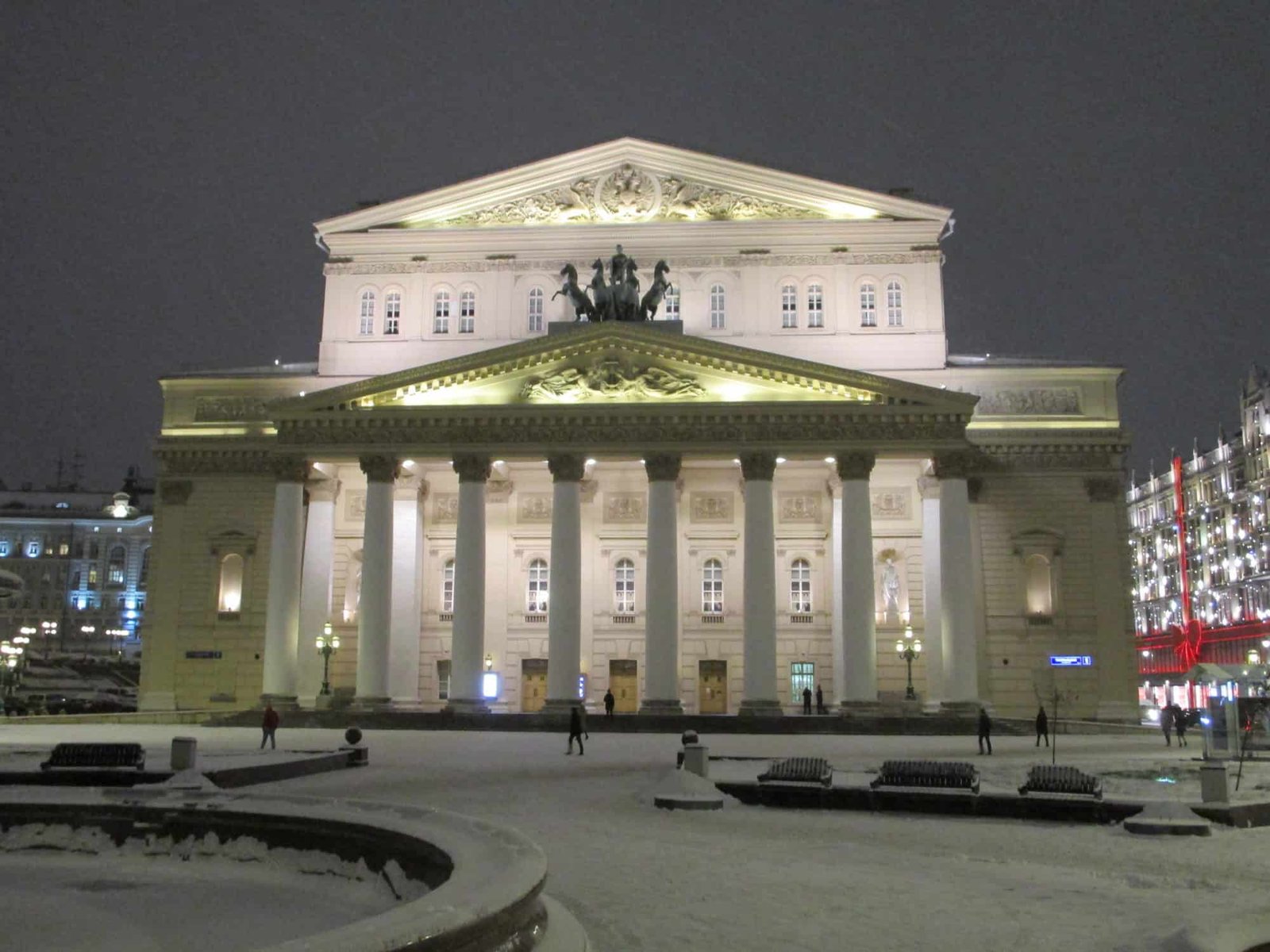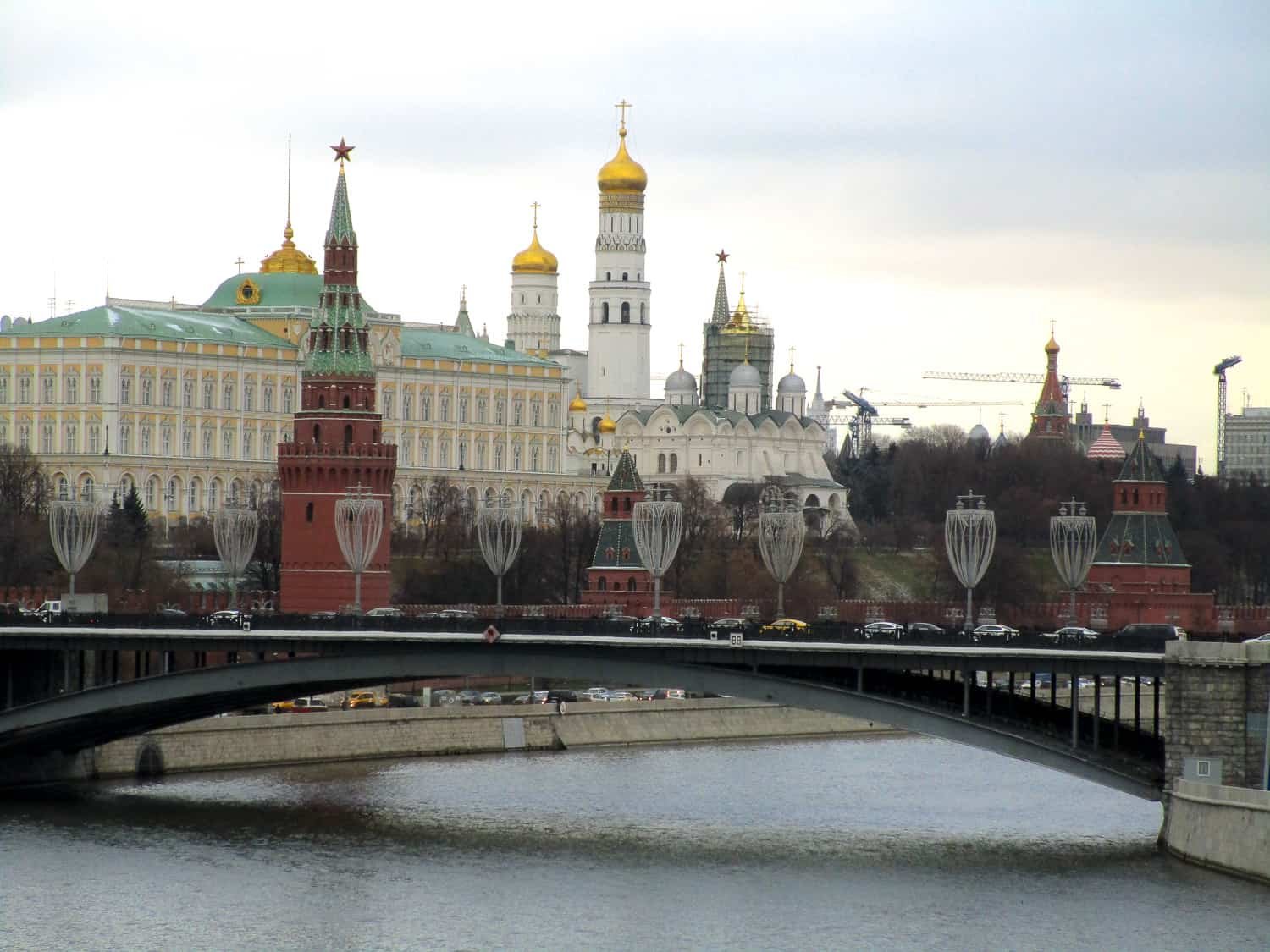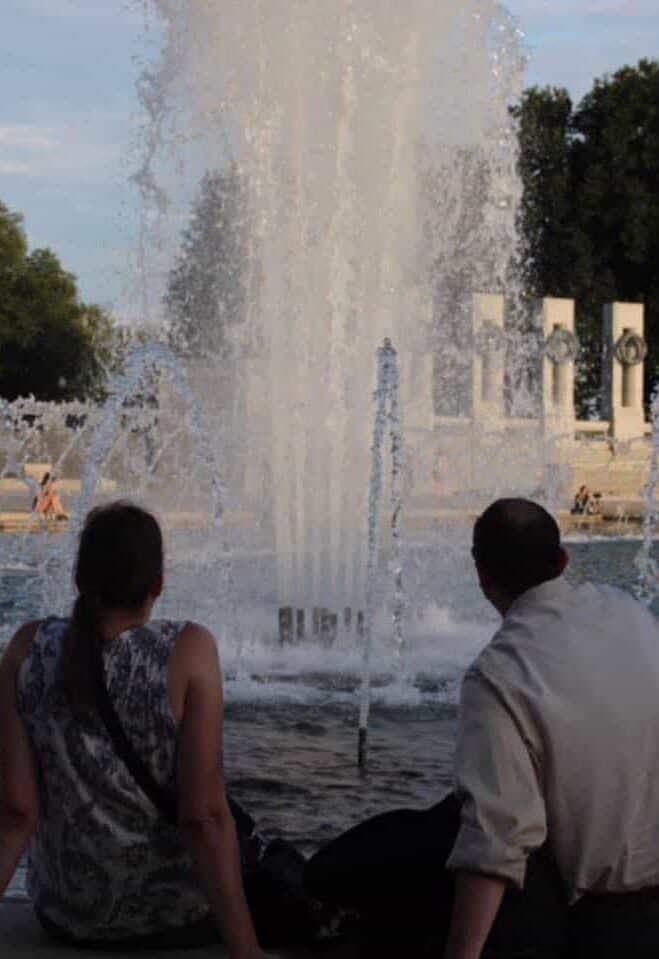The Moscow metro is a must see during your visit to Moscow. Not only did I use it to get around, but I would hop off at random stations as we stopped just to get photos. I would visit the metro at the beginning of your trip since it is necessary to understand and get familiar with it to travel to other locations, and it is so beautiful to see. The best part is the price. It was about $3.25 for a full day unlimited pass so it was the best deal of the trip.
Looking at the map below, it can be pretty intimating even though all of the metro maps had the English alphabet version of the station as well, but since I was facing it alone, I wanted some help (click on the map to view a larger version).

Contents
Moscow Metro Tour
I used the Get Your Guide site and booked a tour from there – specifically the
Also, to make sure you are going on the right direction, the announcer voice was male going into the city center, and a female voice is used going away from the center. On the circular brown line, the voices are male for clockwise and female for counter clockwise. That helped a great deal to help make sure I was going the right way. Once I did the tour, I felt confident to navigate the system alone.
He also had a lot of historical knowledge of the Moscow metro, and it was interesting seeing photos of when the metro was used as bomb shelters in WWII and listen to the changes that were made to the station to remove instances of Stalin. I highly recommend the tour. There are other tours on the Get Your Guide site and some of them are a little bit less expensive, but this one worked for my timing, and it was a great experience.
Here are some of my favorite stations from the tour.
Novoslobodskaya
The Novoslobodskaya station had stained glass panels all along the station that were backlit and beautifully intricate. It really gave a unique glow to the whole corridor, and I just wanted to stop and take in each glass panel.


Stained glass panel at Novoslobodskay 
Stained glass panel at Novoslobodskay
At the end of the station, there was a mosaic tile artwork with a lady holding a baby in front of the Soviet hammer and sickle (shown in the image below). The interesting part of this piece of art is that portion above the lady’s head with a ribbon and doves used to be a depiction of Stalin. It is a good example of the effort to remove all references to Stalin from Moscow.
There are rumors (our guide didn’t have any documentation to back this up, but it seems to be a strong rumor) that Stalin’s successor, Nikita Khrushev, didn’t like the bare feet so he ordered shoes put on her since it looked like she was poor. The designers didn’t want to change it, so they built a false wall and redid the mosaic with shoes. After Khrushev left power, around 1964, the false wall was removed and Stalin was replaced with the doves and ribbon inscribed with “Peace in all the World”.

Arbatskaya
After a much more shallow station named Arbatskaya was bombed and severely damaged in a German bomb attack in 1941, a new station nearby was created much deeper and named the same to replace the old station and to serve as a bomb shelter.
The old station in the Moscow Metro was then fixed and reopened and kept the same name but on a different line, so it can be a little confusing to make sure you are going to the right one. There are several stations with the exact same name for this reason.
The photos are of the newer one that is very deep into the ground and focus on beautiful chandeliers with ornate ceramic work and colorful tile floor. It is a popular station since you can use it to transfer to three other lines.

The colors are bright, but the lighting gives it a cozy and intimate feel as you walk through the station.

Komsomolskaya
This is by far one of the most ornate of the metro stations in the Moscow Metro that I saw. The Komsomolskaya station is like walking through a grand ballroom with chandeliers. It was opened in 1952, and on the ceiling in between the chandeliers are mosaics with depictions of events in history such as the defeat of Nazi Germany.

The chandeliers and the detail work around them is absolutely incredible and the tile work on the ceiling and on the sloping slides is ornate with each one is depicting a different scene or symbols. You will see a lot of references to the Soviet Union and Nazi Germany symbols in this station.

One interesting mosaic that seems out of order chronologically since it features Lenin giving a speech. This one actually featured Stalin, but when he fell out of favor it was replaced with Lenin. This is another example where you will see Lenin replacing Stalin.

The ceiling tilework was incredible and you just wanted to go through the station looking at each one.
Images of Lenin were all over these metro stations. At the end of the corridor of Komsomolskaya station is a bust of Lenin with some Soviet imagery in the tiled arch around it.

In the entrance to the Komsomolskaya station is a huge chandelier decorated with gold tiles and other adornment. It was a very impressive entrance that set the stage for the rest of that station.

Mayakovskaya
The Mayakovskaya was a beautiful almost futuristic looking station with stainless steel arches and recessed lighting. It was a lot like the others with tile mosaics at the top of the lighting structures of Soviet scenes , but the rest of it was quite different. It was streamlined more than ornate and used negative space quite elegantly.
This station was opened in 1938, and it was also used as a bomb shelter during the second world war. You will find photographs showing people laying in cots in this very station.
On the metro tour our guide had us take a coin to see if we could push it up on one side of the smaller steel arches and have it slide along the arch to get it to the other side. That was fairly easy to do. Then he had us do the same thing to the larger archway, and that was quite difficult. It was a sign up good luck if you could complete the arch.

The large lighting structures gave the place a warmer feeling and a contrast to the cooler steel materials of the archways. Each one of the 34 structures had a tile display depicting scenes from an idealized Soviet life. There were scenes of skiing and flying an airplane to show how wonderful life in the Soviet Union was.

Ploshchad Revolyutsii
Phoshchad Revolyutsii (or Revolution Square) is the metro stop in the Moscow Metro right at the Red Square. It is filled with bronze statues depicting scenes of socialist realism (soldiers, farmers, workers, children, etc). There are about 74 statues and each one has it meaning within the typical life of a Soviet.


The most interesting part of this stations is that there are parts of the statues that are shiny instead of the typical bronze. It is a superstition for the Russians to rub part of the statues as they are walking by in the station. Each one has a special meaning and different type of luck that is bestowed on the person that rubs it. Some mean having luck in money and others will have luck in fertility. There are ones that mean having good knees and others that are general overall luck.
It was fun to just watch everyone rub the statues as they went about in their busy lives.
The metro in Moscow was breathtaking, and I could easily spend a whole days just going from station to station. It was easily one of my favorite parts of my trip to Moscow, and I would love to go back and see more.















